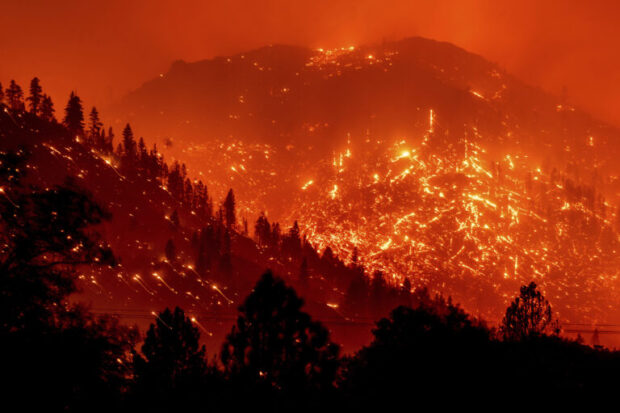Aon plc announced that its Impact Forecasting team will be collaborating with the University of California, Merced and the University of California, Los Angeles to implement the latest climate change science and research into Aon’s U.S. wildfire catastrophe model.
The academic collaboration will support the development of climate-conditioned fire danger indices through research on changes to future fire weather behavior in the U.S. while implementing data from CMIP6 — the latest global climate model output as seen in the IPCC’s Sixth Assessment Report. These indices will help the researchers create climate-conditioned wildfire event catalogs, which are considered a required metric for properly incorporating climate science into a catastrophe modeling framework.
The climate conditioned catalogs, along with Impact Forecasting’s updated baseline wildfire risk model, are scheduled to be released in 2023.
“Wildfire had long been considered a ‘secondary’ peril — where frequency rather than severity drove overall risk — but over the past decade a significant increase in volatility and insured losses in the U.S. has changed this perception,” said Dan Dick, Aon’s global head of property analytics, in a statement. “The insights from this collaboration and Impact Forecasting’s baseline and climate-conditioned wildfire models will help re/insurers make better decisions on underwriting, pricing and portfolio management.”
Specific business use cases include:
- The identification of high-risk areas in addition to other areas where risk profiles are showing the most signs of change that will aid in targeting new underwriting/pricing strategies.
- The targeting of where and how to invest in resiliency measures at the individual location and/or community level.
- The development of long-term climate change strategies for physical risk and the management of progress toward those goals.
- Reporting to external stakeholders, such as regulators and rating agencies.
Source: Aon
(AP Photo/Noah Berger)





















 Executives on the Move at HSB, American Modern Insurance Group, AIG
Executives on the Move at HSB, American Modern Insurance Group, AIG  Aon Adds to List of Brokers Suing Howden US for Alleged Poaching, Theft
Aon Adds to List of Brokers Suing Howden US for Alleged Poaching, Theft  Chubb, The Hartford, Liberty and Travelers Team Up on Surety Tech Co. Launch
Chubb, The Hartford, Liberty and Travelers Team Up on Surety Tech Co. Launch  The Hardest Part of Innovation in Insurance Isn’t Technology; It’s Culture
The Hardest Part of Innovation in Insurance Isn’t Technology; It’s Culture 